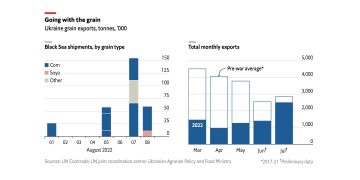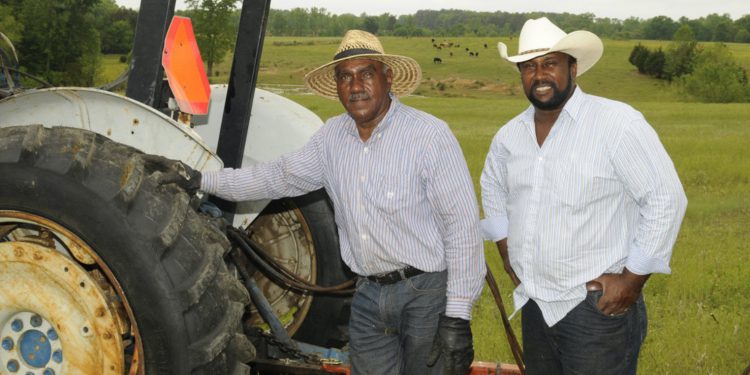The US House Agriculture Committee has heard discrimination in federal farm loan programmes is the major reason black farmers have lost 90 per cent of their land. The hearing was told black farmers make up less than two per cent of all farmers in America.
- The hearing on the State of Black Farmers can be viewed via the House Agriculture Committee’s YouTube channel.
US Agriculture Secretary Tom Vilsack told the committee, “the history of systematic discrimination against black farmers has been well-documented… we must redress the discrimination… We must establish systems to enable socially disadvantaged producers to have the opportunity to succeed.
“I am here today to say that racism and discrimination have no place at the Department of Agriculture. I will not tolerate it and I am committed to rooting it out… We should be clear that prosperous farmers of colour means a prosperous agricultural sector and prosperous America. You have my commitment that I will do just that.”
John Boyd Jr, founder and president of the National Black Farmers Association (NBFA) testified after providing over 3,300 pages of supporting documents.
Ahead of the hearing he said, “Today is an important day for the nation’s black farmers and for all who continue to work tirelessly to end racial discrimination and differential treatment at the US Department of Agriculture.
“We are supportive of the steps taken by Congress and the White House to provide Emergency Debt Relief for black and other farmers of colour. I have been fighting for this kind of relief for black farmers for over 30 years. This is long overdue.”
He explained that Abraham Lincoln, probably best remembered as the president who freed slaves, also founded the Department of Agriculture in 1862, calling it the People’s Department. However, black farmers named it The Last Plantation because of its discriminatory history.
“Mr Vilsack must expand black farmer access to land and credit, and end systemic discrimination”
“The NBFA continues to call on Congress to assure accountability and transparency from Agriculture Secretary Tom Vilsack and the USDA,” he said.
“Doors continue to be closed to many black farmers and today our members face enormous challenges. Mr Vilsack must expand black farmer access to land and credit, and reform USDA’s income support and insurance programs to end systemic discrimination.
“He must create outreach programs to help black farmers participate in these programs and lift the veil of secrecy that hides the true extent of racial discrimination at USDA. I stand ready to work with Secretary Vilsack to meet these challenges and to hold him accountable.”
He said between 1900 and 1974, the number of US farmers declined by 60 per cent, but the number of black farmers declined by 94 per cent in the same period. In 1920 black farms operated 45 million acres, primarily in the south. By 2017, that had shrunk to just 1.1 million acres.
House Agriculture Committee Chairman David Scott said in his opening statement, “In 1997, a group of black farmers filed a class action lawsuit against USDA over the agency’s discrimination against black farmers in farm loan programmes, as well as he agency’s failure to investigate race discrimination complaints.
“USDA settled this class action lawsuit, and as a part of that settlement, some black farmers received $50,000 dollars. Now many may think $50,000 dollars is a lot of money, but when a new tractor costs as much as a half a million dollars, $50,000 dollars is barely enough to buy even a reasonably good used one.
“This festering wound on the soul of American agriculture must be healed”
“It isn’t enough to make improvements to the land. It may not even be enough to finance next year’s purchases of seed and fertiliser. And in my frank opinion, $50,000 dollars is not enough to make up for decades of discrimination and generational wealth lost from the losing of land and livelihood among Black farmers.
“This festering wound on the soul of American agriculture must be healed. In 1937, Congress required that locally elected county committees certify the eligibility of farmers for the farm loan programme.
“When a farmer applied, the county committees received sensitive information about the applicant; this left credit-worthiness up to an elected county committee, many of whom were landlords. So, there was a built-in bias against black farmers for decades. And subsequent laws and their regulations are built on that same foundation of inequity.
“For those who feel that the number of loans is fairly representative of the number of farmers today, I say they totally miss the point. Most farmers who can’t get a loan are simply not farming.
“But, we are here to find out why they aren’t farming, to examine the built in barriers to the loan system and see how to remove them.”























